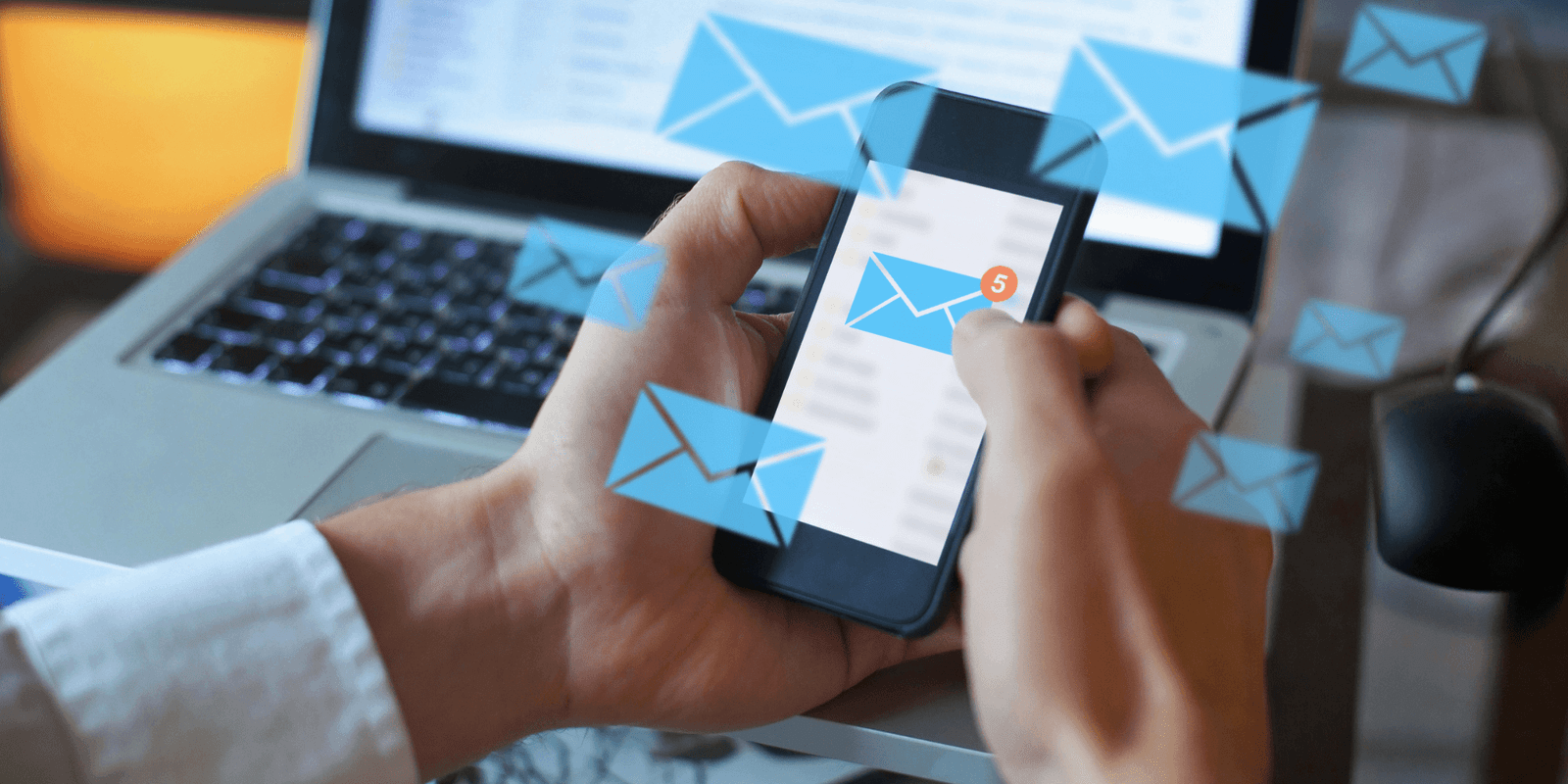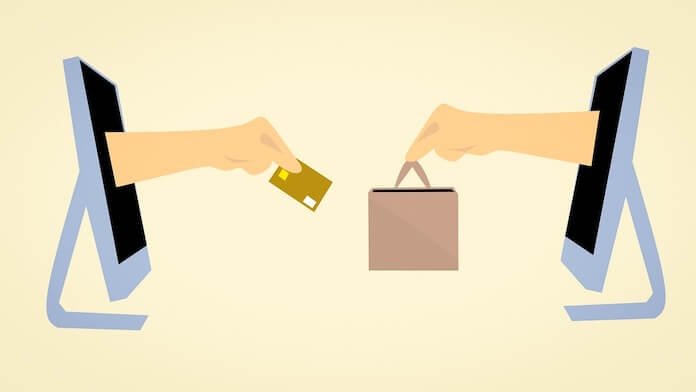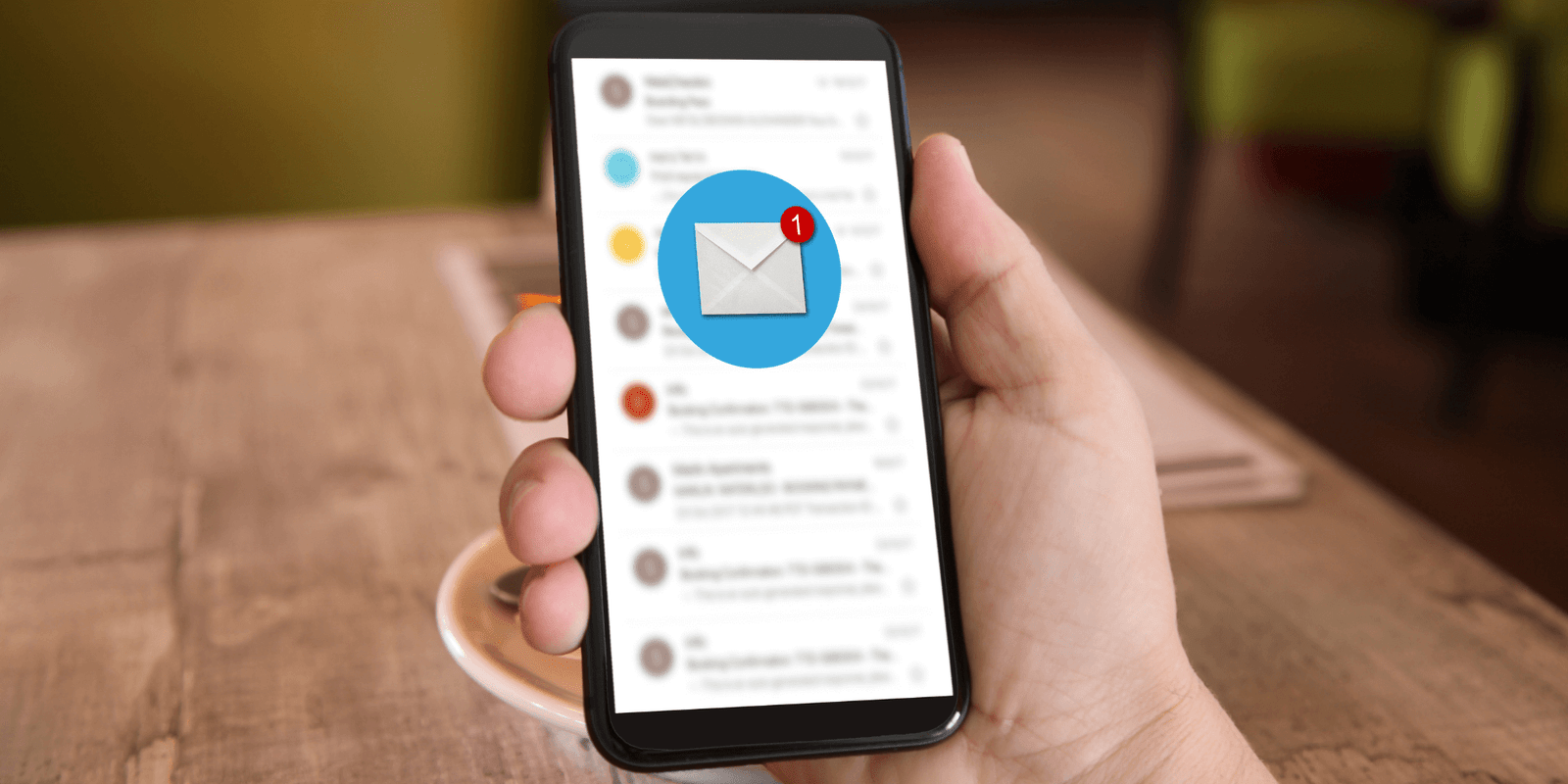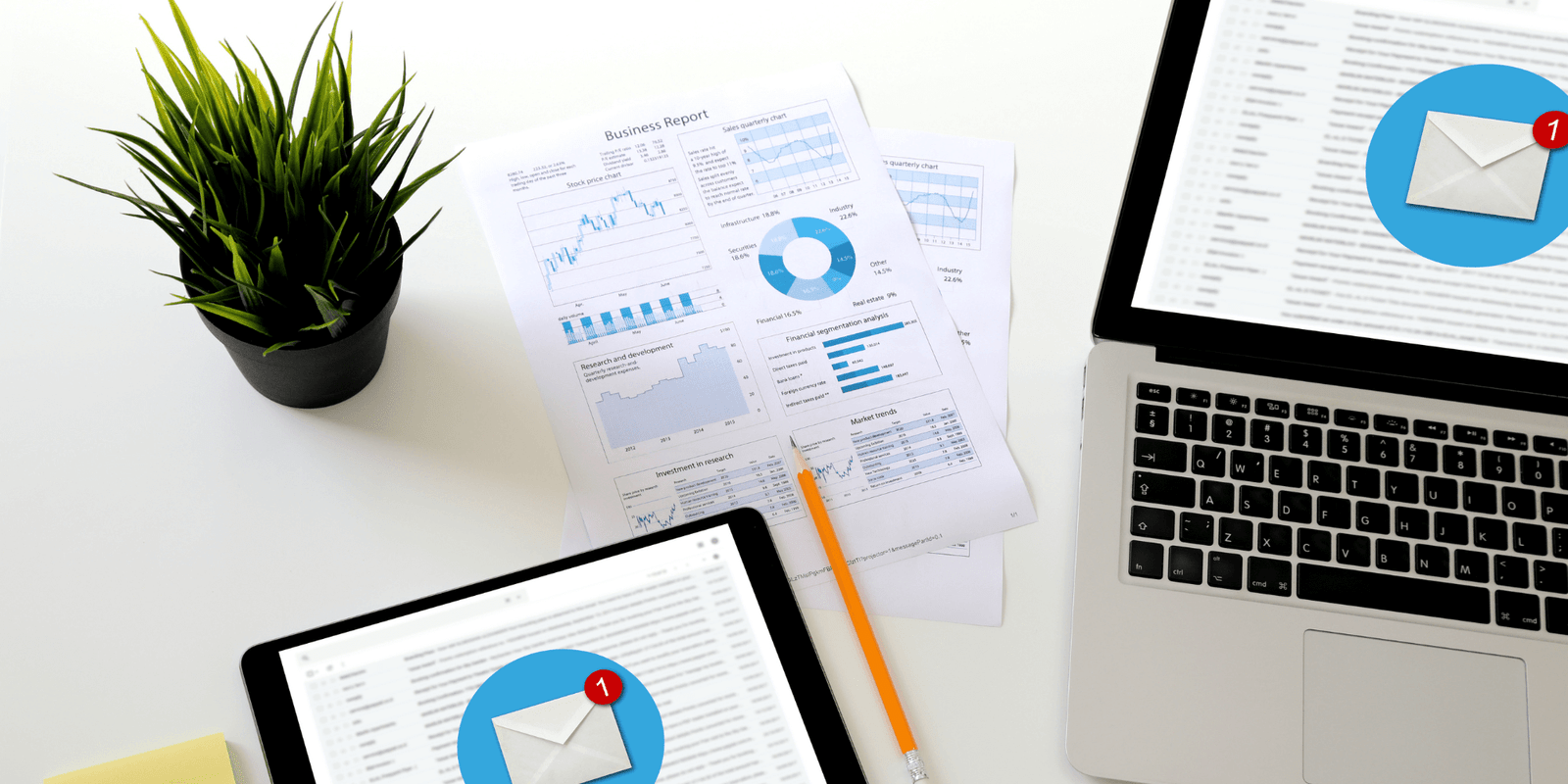Email Marketing Beginners Guide

Email Marketing is a method of building relationships and staying in contact with your visitors and customers through email.
It involves using a service provider to obtain and store email addresses that you get from people and to communicate with your audience in a one-to-many format.
By using an email marketing service provider, you can also automate the sending of your emails to your audience at the time and frequency of your choice.
I use an email marketing service provider called ConvertKit that I recently switched to, after hearing great things about their features for bloggers and creators like us.
The Importance of Email Marketing
Often times, people will visit your website and then leave, never to come back again.
By obtaining a visitor’s email address (with their permission) while they are on your site, you will have a way of communicating with that person again, after they’ve left.
By doing this, you’ll be able to get people to come back to your site and keep them informed of what you’re doing with the site.
Plus, with good email marketing you’ll develop an audience and email list that will get to know, like and trust you.
Getting Someone’s Email Address
Now, in order to get someone’s email address you often put a form on your website for your visitor to enter their name and email address and then click a button to submit that information to you.
You don’t necessarily have to require them enter their name. But, it’s a good idea since it allows you to include their name in emails to them that you will later send, after receiving their information.
You also need to incentivize your visitor to give you their email address. This is usually done by giving them a small informational gift, like a PDF, coupon or eBook in exchange for their email address.
That “gift” is also known as a Lead Magnet and you give that to them in an automated fashion (often as a download) right after they give you their email address.
Once they give you their email address, they’re put onto your “email list.”
Your Email List
Let’s take a step back and start by explaining what an email list is, and how it fits into your email marketing strategy.
An email list is the list of people who have opted-in to receive information from you via email. For example, you might send your list information like weekly newsletters, blog post notifications or maybe an offer to buy your eBook.
Understand that this list is different from your contact list you might have on Gmail, Yahoo, Hotmail, etc.
This list is really for marketing purposes and it requires a special email service provider to have a list like this.
These providers allow you to do things that your regular contact list provider can’t do.
For example, they can send out the same email to hundreds or thousands of people at once. And they can automate the sending of emails.
They also help you to adhere to the laws and regulations that are required to be followed when marketing to an email list.
In the US, these laws and regulations fall under the CAN-SPAM Act. It’s a good idea to take the time to learn more about this.
Now you may say to yourself, “I’ve already got a bunch of followers on social media that I can market to, why not just use that?”
Email Marketing vs. Social Media Marketing
Here’s the thing… while it’s great to have a large following on a social media platform, you’re kind of building an audience on rented land.
Imagine if Facebook or Instagram suddenly disappear or change the rules on you. Or just go out of favor. That audience you spent so much time building could disappear overnight.
Remember MySpace?
When you have your own email list, you own it. And you’re in control of whether or not your message gets through.
And here’s the biggest issue…
The social media platforms would prefer that you pay them to place ads to reach all your followers!!
In fact, today’s social media algorithms actually prevent everyone from seeing what you post on your timeline. They decide if it’s relevant or not and if they’re going to show it to people.
I’ve seen this first hand with my Honest Wine Reviews page on Facebook.
This is bad.
Now for the good…
Everyone uses email and most people check it all the time, right?
When you send something to the people on your email list, it appears in their inbox.
When someone is on your email list, they’re on it because they want to be, so it’s more likely they’re going to stop and take the time to read what you’ve sent them.
Also, when you include a link to your website in your email, it’s an opportunity to get people to come back to your website (i.e. more traffic).
How Do I Start with Email Marketing?
You start by choosing an email marketing service provider, purchasing a plan with them and setting up an account.
Once you’re setup with your account, you’re then ready to create Opt-in forms on your site that you will use to start collecting email addresses. These email addresses will be collected onto the email list that you setup in your account.
What will happen is people will submit their email addresses to your list by entering them into the Opt-in forms you create on your site.
And again, the reason why they’ll want to submit their email address is because you’re going to offer them a free information product (like a PDF or eBook) that they will receive immediately after submitting their email address.
I can’t stress enough how important it is to have a lead magnet to give to someone for their email address.
For example, with Honest Wine Reviews, I give out a Food & Wine pairing chart.
Communicating with Your Email List
Once you’ve started collecting email addresses onto your email list, you’re then ready to start communicating with your subscribers.
Your email marketing service will allow you to send emails to everyone on your list at once. They will also allow you to send sequences of pre-written automated emails to your subscribers as well.
This is also known as a “Follow-Up Series” or a “Drip Campaign.” You might also hear it caIled an “Automated Email Series” or an “Autoresponder.”
So let’s say you just wrote a new article and posted it onto your website. You can then send an email to all your subscribers at once to let them know about it.
This is called a “Broadcast Email” and it’s a great way to get people to come back to your website.
Another thing you can do is to pre-write a series of emails to be sent to all of your subscribers, one email per week.
An Example
For example, I send one email, to each Honest Wine Reviews subscriber, every week, for 13 weeks, after they subscribe.
This automated email series includes a number of wine tips just for the people on my list.
I include tips about wine regions, gluten in wine, calories in wine, how to taste wine and more.
I do this to provide value and to keep Honest Wine Reviews in people’s minds week after week.
Also, whenever I post a new wine review on my site, an email automatically gets sent to my list to let them know about it.
In that email there’s a link they can click on to come back to my site and read the review. That brings traffic back to my site with each review I publish.
Now there’s some important things to keep in mind when you’re crafting your broadcast and auto-responder emails.
Writing Good Emails
To start, write in a tone that is friendly and upbeat. Kind of like writing an email to a friend. This sounds more conversational and helps people to get to know, like and trust you.
Keep in mind that people get lots of emails in their inbox. Try not to spam them with sales-like emails day after day. That will just lead to people unsubscribing from your list and complaints.
And lastly, include one Call to Action at the end of each email. It could be to visit your site, respond to your email, give you feedback or something similar. This helps to keep your readers engaged.
Selling to Your Email List

They say “the money is in the list” and it’s true.
After you’ve taken the time to nurture your list by providing value and developing a relationship with those people, there becomes an opportunity to sell to your list.
Your customers are most likely the people that are on your email list.
Remember, they’re on that list because they opted-in and want to be there. So, that makes them the best candidates to become paying customers.
It’s also important to remember that your email subscribers (the people on your list) are real people. Don’t think of your subscribers as numbers or objects to sell to.
They’re real life people and like you, probably don’t like hard sales tactics.
Tips for Your Sales Emails
So, when it does become time to sell to your list, keep it simple. Here’s some things to include in your sales emails:
- A sentence near the top of the email with a link to what it is you’re selling.
- An explanation of what the product or service is (its features).
- A clear list of the benefits someone will get if they buy.
- Some testimonials from people who’ve bought before (if you have them).
- A call to action with another link to ask for the sale. Here you might also let people know if there’s a deadline to buy.
- Any guarantees that you offer for your product.
You should also consider sending more than one email out when you sell your product or service.
A popular frequency is an email a day for 3, 5, or 7 days, depending on how aggressive you want to be with the number of emails you send out.
The Power of Email Marketing
So by now you’re hopefully starting to see the power in email marketing and why it’s important.
It allows you to develop a relationship with your readers, keep them informed, keep them engaged and keep your brand on the top of their minds.
Plus it increases visits to your site and is an important asset when it comes to making sales.
But what about the different email marketing service providers that are out there? Let’s talk about that next…
What is the Best Email Marketing Service?
The truth is, it depends on what you’re looking for. Some are geared for all businesses. Some are just geared for bloggers. Others are useful for setting up complicated sales funnels.
So, give some thought to what you want to accomplish with your business, first.
Having said that, here’s some things to look for when choosing an email service provider:
- User Friendliness – How easy is it to use their platform?
- Deliverability – Do their emails make it through to people? What “deliverability rate” do they advertise?
- Tagging and Segmentation – Do they allow you to segment your subscribers into different categories? This is useful if you only want to send a certain type of email to a certain type of subscriber. Think vegans vs. meat-eaters. Or people who’ve made a purchase vs. those that haven’t yet.
- Cost – What does their plan cost? Do they have a discount for an annual subscription vs. a monthly subscription? What’s the cost increase as you get more subscribers? Do they have a free plan?
- Customer Service – You can get pretty complicated with email marketing if you want to. What kind of support do they offer? Is it phone, chat, email… what else? How’s their customer service reputation online?
As I mentioned above, I recently switched to ConvertKit. I think they’re the best choice for the price, in all the above categories.
However, if you’re looking for a list of other providers to look into, I’d also suggest researching Aweber, MailChimp, Active Campaign and Drip. These are some of the more popular services right now.
Conclusion
I hope you found this post helpful. Here’s some of the key takeaways:
- Email Marketing is how you build relationships and stay in touch with your audience through email.
- It’s useful for building a long-term audience and getting traffic back to your website.
- You get someone’s email address through a form on your website in exchange for something of value.
- You must choose an email service provider to build your list and follow the required laws of email marketing.
- Your service provider allows you to send emails to many people at once, at the time and frequency you chose, in an automated way.
- You provide value to your readers via the emails you send them.
- Your email list is an important asset to your business and contains the people who are most likely to purchase your products and services.
- You sell to your email list carefully. Don’t spam them or overwhelm them with overly-salesy emails.
- When choosing the best email marketing service, there is no one size fits all solution. However, you should at least evaluate their user friendliness, deliverability, segmentation features, cost and customer service.






Great post! I hate how the social media platforms decide what to put on our timelines! So frustrating.
Thanks for the comment Melissa! I agree, that’s why email marketing is so important. Glad you liked my post!
Great post about email marketing. When I first started online, I kept hearing that the money was in the list but I couldn’t figure out what they meant. After years, it finally clicked and I was kicking myself for not starting sooner.
The best thing to do is get started sooner than later. Awesome tips for those wanting to get started in email marketing. 😀
Thanks for commenting Jessica!
Absolutely agree… Get started sooner rather than later.
Glad you enjoyed the post and I appreciate your vote of confidence on my tips!
Hi Jon!
You are right! Email lists are very important for building your business. I thought you did an excellent job of explaining this process to new bloggers!
I shared this!
Best,
Christina
Thanks for the comment Christina.
Glad you enjoyed my post and thanks for sharing!